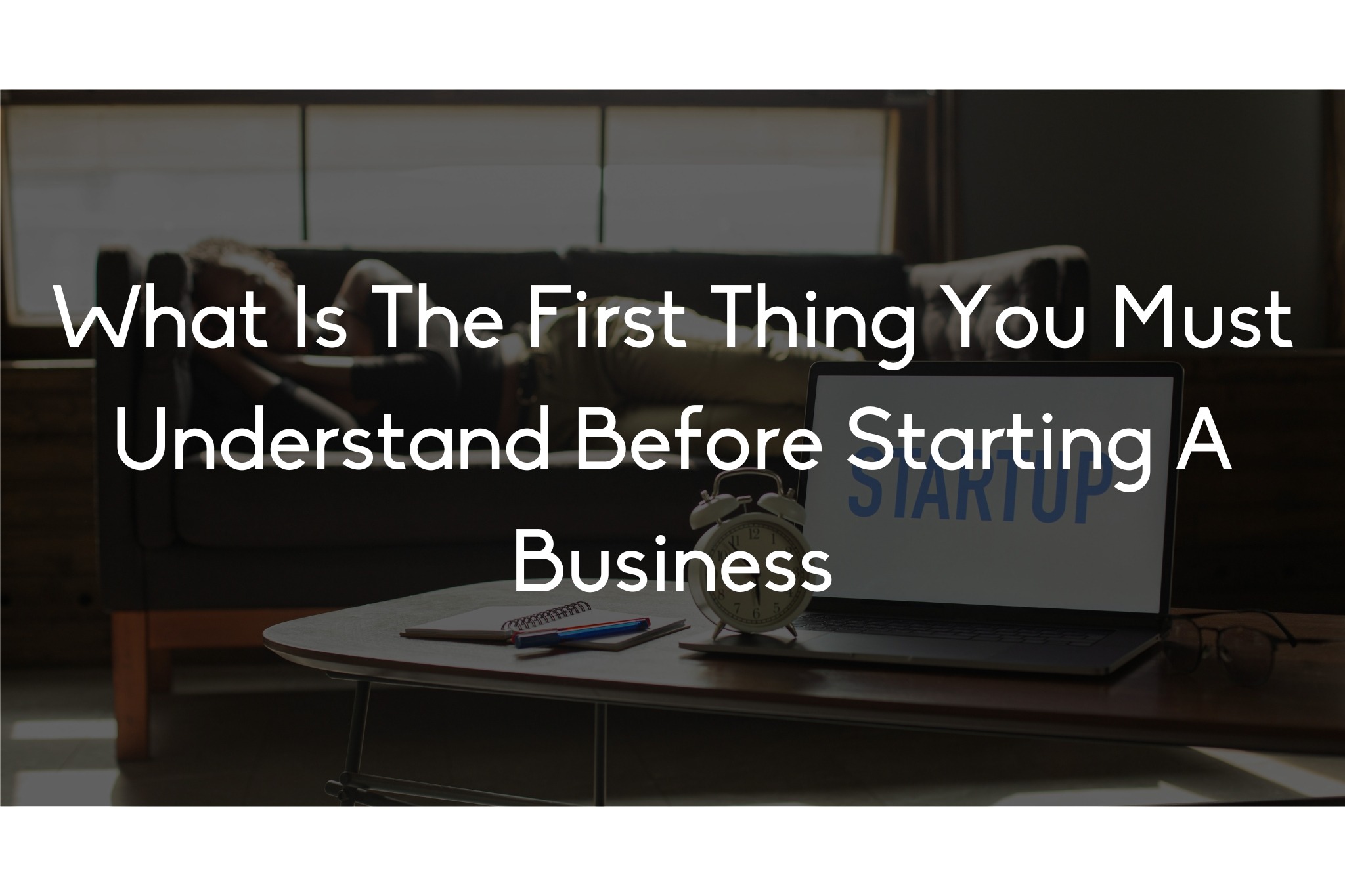
Starting a business is one of the most exhilarating journeys you can embark on. It’s a path filled with innovation, creativity, and, of course, challenges. For many aspiring entrepreneurs, the excitement of launching a new venture can often overshadow the fundamental steps necessary to lay a solid foundation. Before diving headfirst into the entrepreneurial world, there’s one crucial concept you need to grasp fully. So, what is the first thing you must understand before starting a business?
Before you start anything, you must deeply understand your target market. Knowing your target market inside and out is the cornerstone of any successful business. It’s not just about having a great product or service; it’s about knowing who needs it, why they need it, and how you can deliver it in a way that resonates with them.
Understanding your target market goes beyond demographics. It involves getting into the psyche of your potential customers, knowing their pain points, desires, and behaviors. Without this insight, even the most innovative products can miss the mark. Let’s delve into why this understanding is critical and how you can go about achieving it.
The first step in understanding your target market is defining who they are. This goes beyond surface-level characteristics like age, gender, and location. Think about their lifestyles, interests, and values. For instance, if you’re starting a sustainable fashion brand, your target market might be environmentally conscious individuals who prioritize ethical consumption. Narrowing down your target market helps you tailor your messaging and product offerings to meet their specific needs.
Market research is the backbone of understanding your target market. It involves collecting data about your potential customers and the competitive landscape. There are two types of market research: primary and secondary. Primary research includes surveys, interviews, and focus groups that give you direct insights from your target audience. Secondary research involves analyzing existing data, such as industry reports and competitor analysis. Both types of research are crucial for gaining a comprehensive view of your market.
Once you have gathered sufficient data, the next step is to create detailed customer personas. These are fictional characters that represent your ideal customers. A well-crafted persona includes demographics, psychographics, goals, challenges, and buying behaviors. For example, a customer persona for a fitness app might be “Sarah, a 30-year-old marketing manager who wants to stay fit but struggles to find time for the gym.” Personas help you humanize your target market and develop strategies that resonate on a personal level.
Understanding your target market also involves identifying their needs and the gaps in the current market offerings. What problems are your potential customers facing that aren’t being adequately addressed? This step requires a deep dive into customer pain points and frustrations. By identifying these gaps, you can position your product or service as a unique solution that meets an unmet need. This differentiation is crucial in a competitive market.
Before fully committing to your business idea, it’s essential to validate your assumptions about your target market. This involves testing your product or service with a small segment of your audience to gather feedback and gauge interest. Methods like creating a minimum viable product (MVP) or running a pilot program can provide valuable insights. Validation helps you refine your offering based on real-world responses, reducing the risk of failure.
The final step in understanding your target market is adapting to their feedback. Market dynamics are constantly changing, and so are customer preferences. Being open to feedback and willing to make adjustments is key to staying relevant. Use customer feedback to improve your products, enhance customer service, and innovate. Businesses that listen to their customers and adapt accordingly are the ones that thrive in the long run.
Understanding your target market is not a one-time task but an ongoing process. It requires continuous learning, adaptation, and engagement with your audience. By thoroughly understanding who your customers are, what they need, and how you can uniquely serve them, you lay a strong foundation for your business. So, before you get caught up in the excitement of launching your venture, take the time to understand your target market. It’s the first and most crucial step to building a successful and sustainable business.